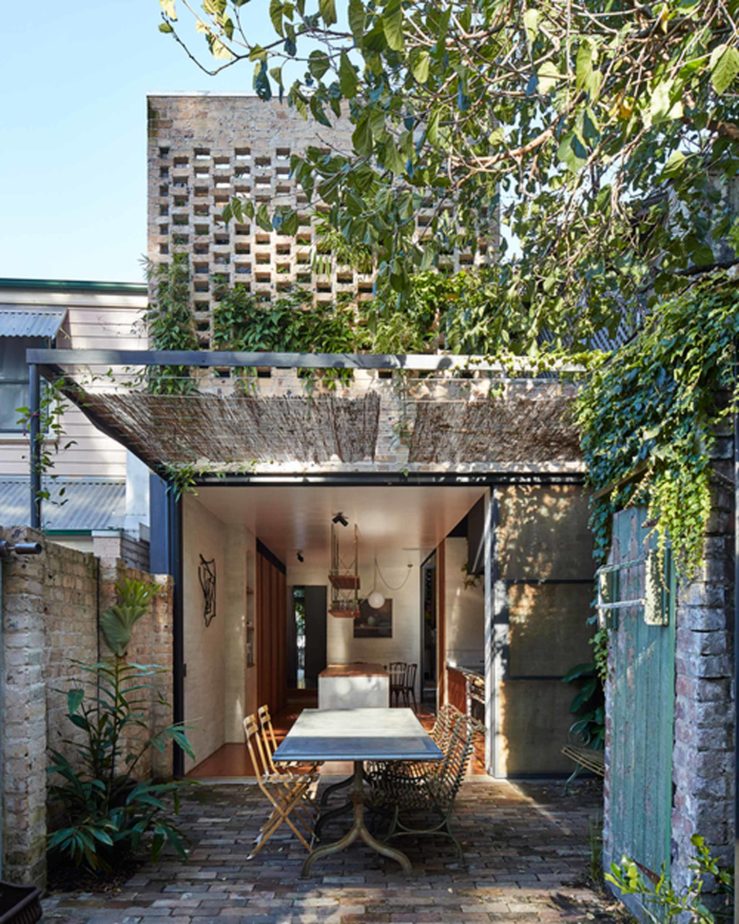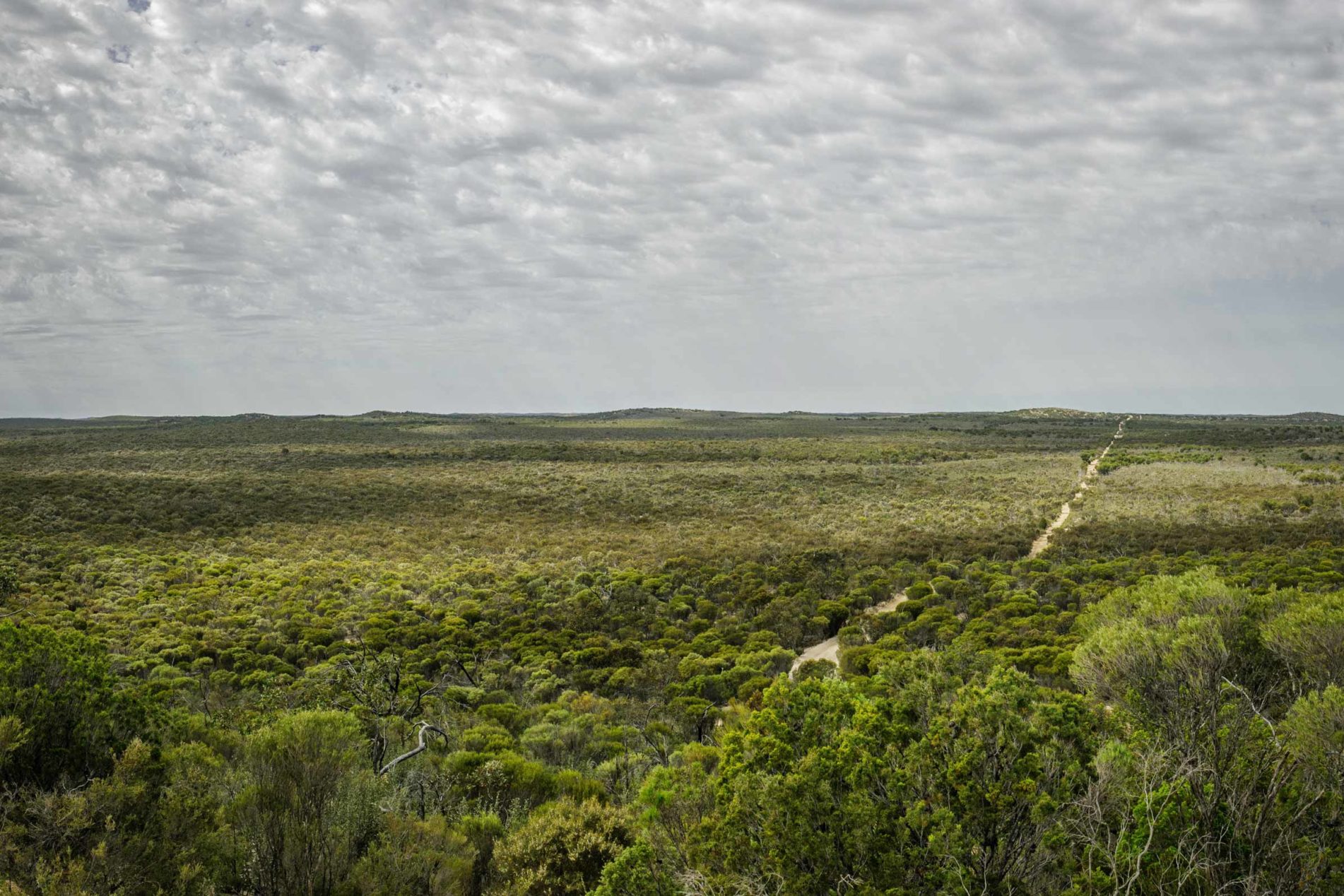How is Australian architecture unique?
What sets Australian architecture apart from the rest of the world? Is it our inimitable, often insubordinate climate, our apparently indefinable culture, our she’ll-be-right, fair-go attitude that influences Australian architecture in a way that is completely unique?
We asked Karen McCartney, Editor, Author and Curator, Ian Innes, Director Heritage and Collections at Sydney Living Museums, Katelin Butler, Editor at Houses, Ben Gerstel, Architect and Vice President of the Australian Architecture Association and Tim Ross, social commentator and mid-century architecture obsessive the question: what makes Australian architecture unique?

Karen McCartney:
“Like all architecture, [Australian architecture] emerges from a certain set of circumstances: the landscape, the client, the budget, the climate, the materials and the brief. In Australia, with its wildly differing geographies and climates, the best responses are site specific and draw on those factors in ways that are both unique and thoughtful. We have great architects here and to witness how they apply their intelligence and creativity to produce buildings that are very much Australian is something to be proud of.”
Ian Innes:
“Australian architecture is unique when it is a genuine expression of contemporary cultural values and a clear response to our landscapes, our climate and local environments. Conversely, Australian architecture can be blandly generic when it just apes the latest overseas fashion or trend.”
Katelin Butler:
“In this day-and-age, with the move towards globalism, it is more and more difficult to distinguish between the different styles of architecture around the world. International references are abundant in Australian architecture, but this is in tune with the multicultural identity that we have in this country.
“Looking at this year’s winners of the Houses Awards, there is a really diverse, yet distinctive architecture that is carefully attuned to the Australian way of life. The Australian climate is often harsh, especially in more remote areas, and the resulting designs are robust, with an honest expression of materiality. Embracing the outdoors is important in Australian architecture, with genuine connections made to landscape – even on tight city sites. For example, Waterloo House by Anthony Gill Architects, winner of the Outdoor category of the 2017 Houses Awards, is a Sydney terrace house renovation where every room is connected to, or has a view to the outdoors. Similarly, the Jac House by Panov Scott, winner of the House in a Heritage Context category, is a renovation to a four-room brick row house that is reconfigured to celebrate an existing jacaranda tree in the backyard.

Waterloo House by Anthony Gill Architects with Budwise Garden Design. Photo: © Peter Bennetts.

Ben Gerstel:
“Australian architecture is unique because of our climate. Australians live in the transition zone between inside and out. Also, the quality of the sun and the natural light [gives architects] an amazing design tool.”
Tim Ross:
“When it represents our colours the colours of our landscape, [architecture] is obviously very Australian but the best of our architecture is attitude. It’s problem solving, it’s the beauty in the practical and it is joyous in its economy.”

